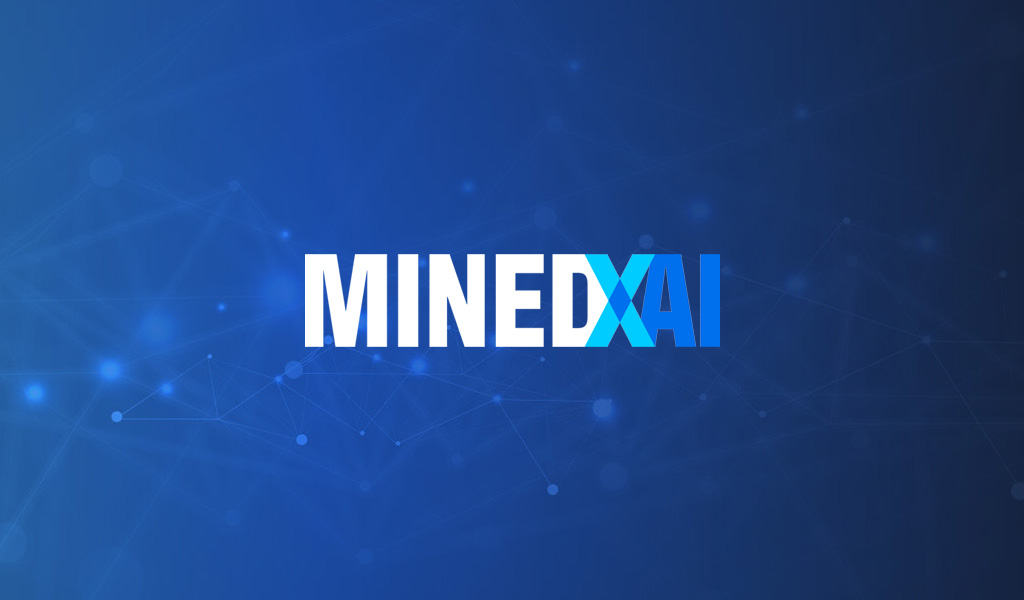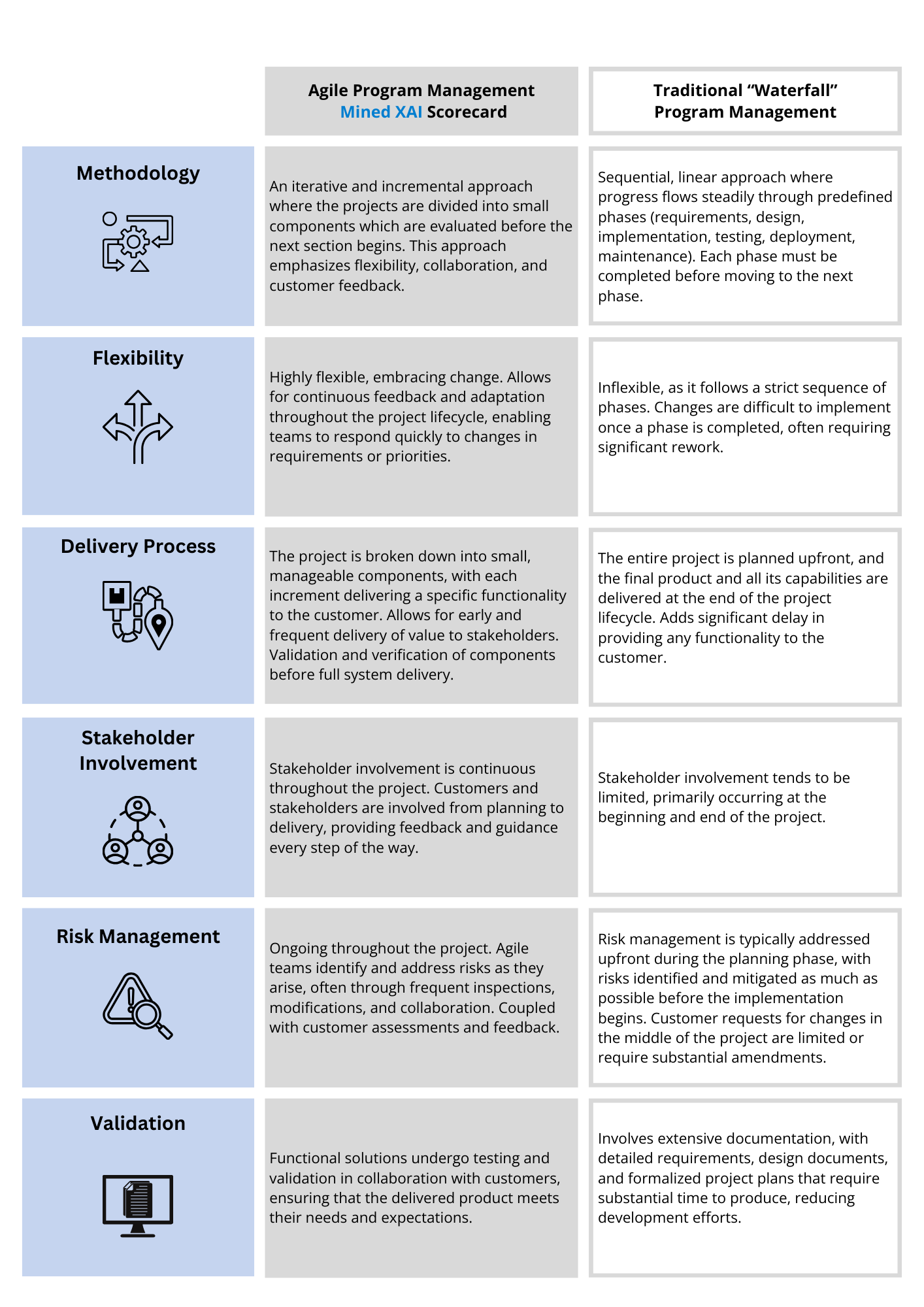
Rajesh R. Naik, Ph.D.
Businesses are increasingly turning to AI to gain a competitive advantage by unlocking insights to boost productivity, streamline decision-making processes, expedite product launches, and enhance customer engagement. Nearly half of the earnings calls of S&P 500 companies in recent quarters have featured discussions about AI. While some are integrating AI into their product offerings, others are incorporating it into their business processes and practices.
According to a recent report by CompTIA, a non-profit trade association for the global technology industry and workforce, 22% of surveyed firms are actively pursuing AI integration, with 45% still in the exploration phase. While AI presents opportunities across various industries, many companies are still navigating how it impacts their bottom line or return on investment (ROI).
Implementing AI technology without a clear understanding of business goals can present significant challenges. While AI offers vast potential for innovation and optimization, its success ultimately depends on its ability to address specific business needs and deliver tangible return on investment (ROI). During our interactions with customers, we frequently encounter concerns regarding data quality and availability, the complexity of AI tools, and achieving a return on investment (ROI).
Without a thorough understanding of the client’s objectives and how the solution integrates with their business goals, AI projects risk becoming disconnected from the customer’s strategic and business priorities. We’ve found that implementing an Agile Program Management (see image below) process not only helps mitigate these challenges but also builds trust with our customers and facilitates successful AI integration.
As opposed to traditional program management, Agile provides a structured framework for addressing some of these challenges. By emphasizing collaboration, iteration, and constant alignment with business objectives, Agile program management ensures that AI development efforts remain closely aligned with the client’s goals throughout the project lifecycle.
Agile encourages early and continuous engagement with cross-functional stakeholders (users, key decision-makers, managers, and business leaders). By involving them in the project early in the onset of the project, we gain valuable insights into the organization’s strategic direction, operational challenges, and desired outcomes. This collaborative approach ensures that AI solutions are purpose-driven and directly contribute to achieving business objectives.
Agile promotes iterative development cycles with frequent opportunities for feedback and validation. We collaborate with the customer’s cross-functional teams to continuously refine our eXplainable AI solutions based on real-world use cases, business requirements, and stakeholder feedback. By establishing a continuous flow of small, incremental releases to users and incorporating feedback early, we can course-correct as needed, ensuring that the final solution effectively addresses the client’s needs.
Furthermore, Agile places a strong emphasis on delivering value to the customer incrementally and iteratively. Instead of pursuing large-scale AI implementations with uncertain outcomes, we focus on delivering tangible increments of functionality that demonstrate value toward achieving the customer’s business goals. This approach enables clients to realize value sooner, validate assumptions, and make informed decisions about the direction of the project.
Agile’s adaptive nature allows us to respond effectively to changing business requirements and client feedback. By embracing change as a natural part of the process, we can pivot when necessary, ensuring that AI initiatives remain aligned with evolving business goals and objectives.
Incorporating AI technology into business operations without a clear understanding of strategic objectives can lead to inefficiencies and missed opportunities. Agile program management offers a solution by providing a flexible, iterative approach that prioritizes alignment with business goals, collaboration with stakeholders, and continuous value delivery. By embracing Agile methodologies, we ensure that the customer’s AI initiatives drive meaningful business outcomes and create sustainable competitive advantage.
Image: Mined XAI Agile Program Management Approach Vs Traditional Program Management
